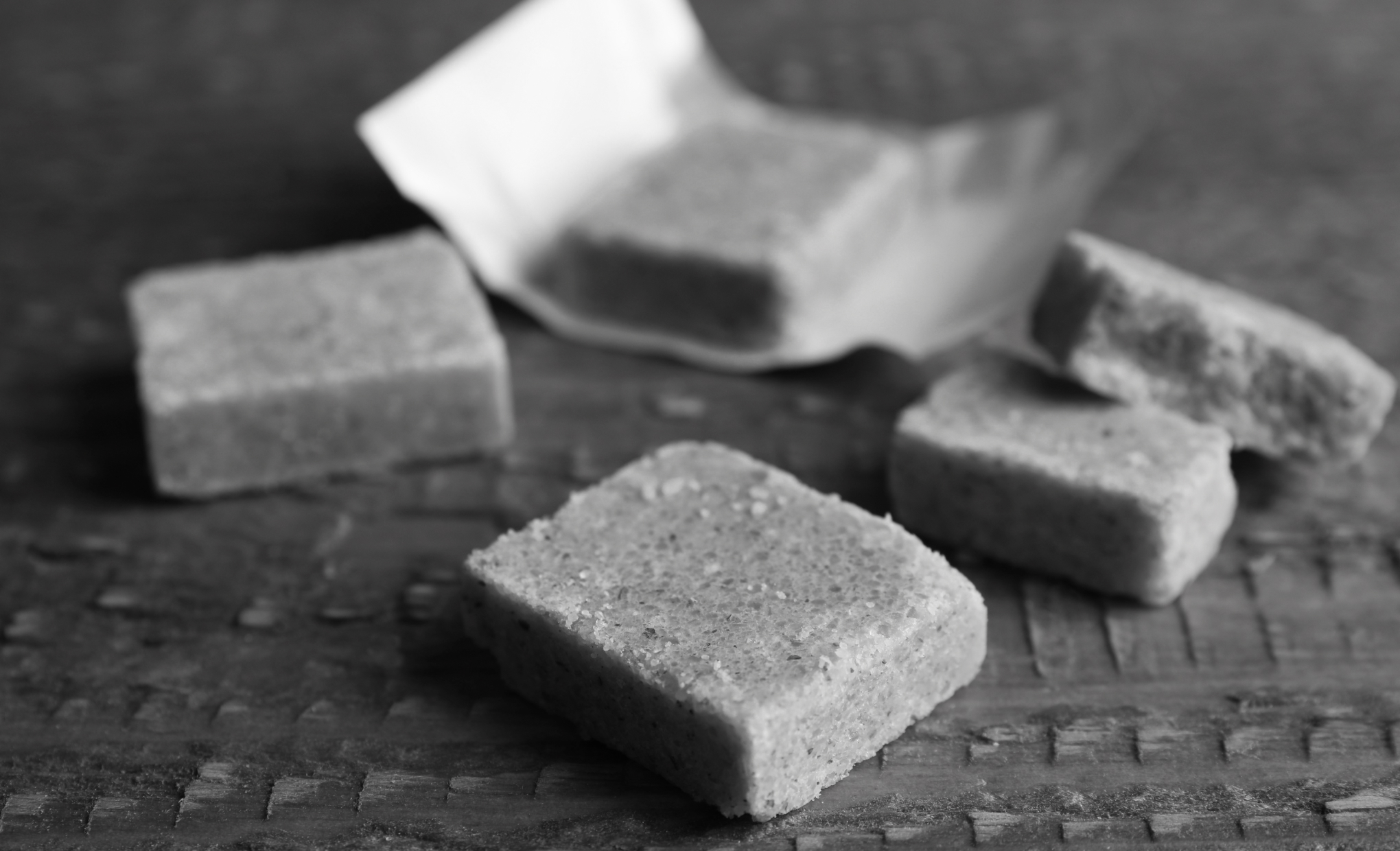In the late 18th century, Benjamin Thompson, Count Rumford, created a forerunner to the bouillon cube — a solidified stock of bones and meat trimmings that was used to feed the Duke of Bavaria’s army. (Interestingly, he later established meal centers for the poor where he served his dehydrated stocks mixed with grains, essentially creating "soup kitchens.") The bouillon cube as we know it today was created around 1900 in Europe and was influenced by three companies — Maggi, OXO, and Knorr. Several innovations set the stage, including German food manufacturer Carl Heinrich Theodor Knorr’s 1873 launch of a line of dried soups and German chemist Justus von Liebig’s 1847 development of an industrial method for concentrating beef solids into an extract, which was followed by his Extract of Meat Company’s 1899 release of a liquid bouillon under the name “Oxo.” Most notably, Swiss food manufacturer and miller Julius Maggi used a process known as acid hydrolysis to extract meaty flavors from wheat in the form of HVP (hydrolyzed vegetable protein) in the early 1880s. One of the amino acids in HVP is threonine, which gives off the flavor of meat in a dish but at a lower cost than using meat itself. It was first used in Maggi’s readymade soups and sauces. Later, he used HVP to invent bouillonwürfel, or the bouillon cube, which he introduced commercially to Europe in 1908. That same year, a Japanese chemist named Ikeda Kikunae derived monosodium glutamate (MSG) from kombu and extracted amino acids from soybeans around the same time. Notably, he also coined the term umami (from the Japanese words "umai" (delicious) and "mi" (taste)) to describe the resultant flavor. MSG is often used in bouillon cubes today. In 1910, OXO and Knorr both introduced their own versions of the bouillon cube in Britain and France, respectively. These European bouillon cubes made their way throughout the world by way of colonialism and World War I rations. They quickly penetrated indigenous cuisines and became a huge part of food culture around the world, especially in Central and West Africa (especially Nigeria and Senegal), Brazil, India, Germany, Mexico, and the Middle East. In the 1930s, Maggi and Knorr began selling in China and other parts of Asia. Today, the popularity of these products is so widespread that it has actually threatened many traditional preparations of regional dishes. There’s also concern about the salt content in bouillon cubes, which tends to be very high. However, the taste and convenience that they provide have made them staples in cuisines all over the world and their popularity has only increased in recent years, with 2020 as a banner year for many brands.

Your go-to guide for weird history facts
Subscribe to the FREE daily email that makes learning about history fun.


